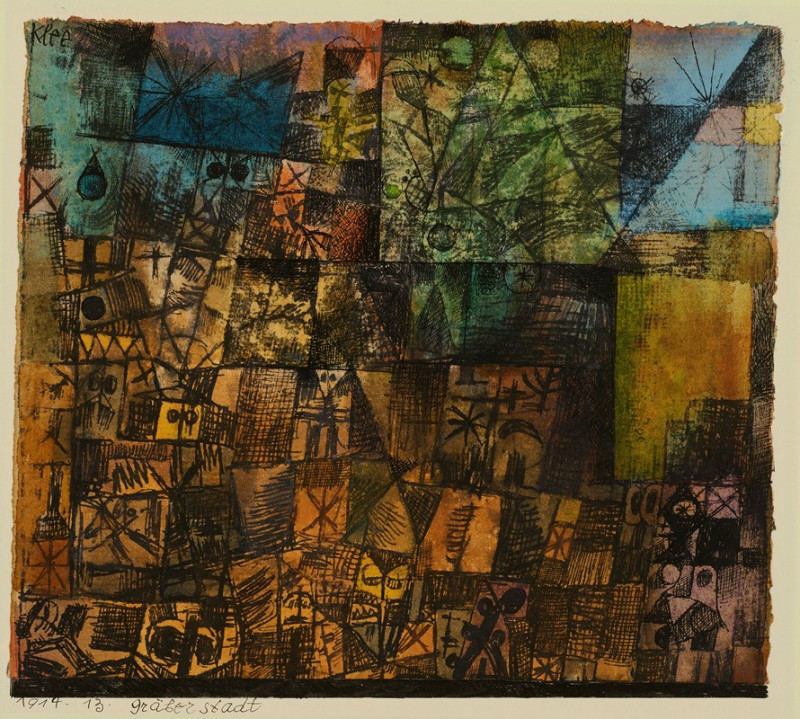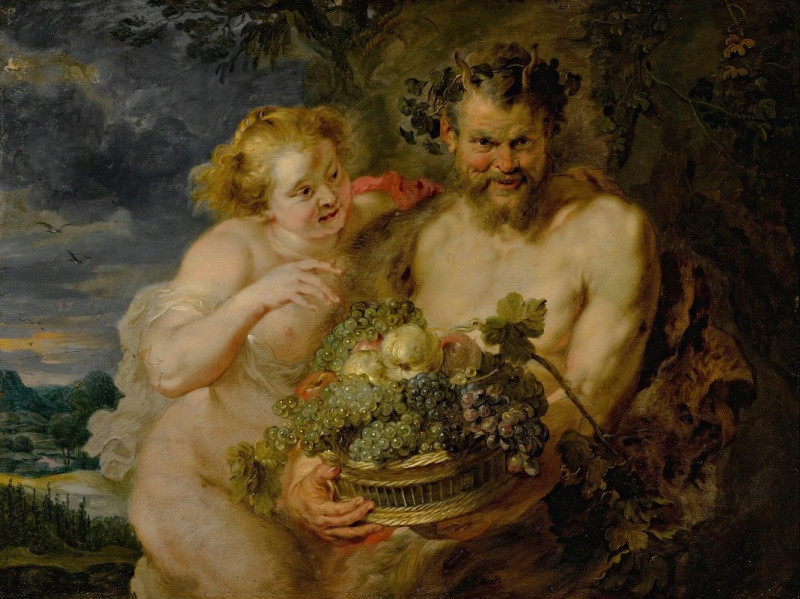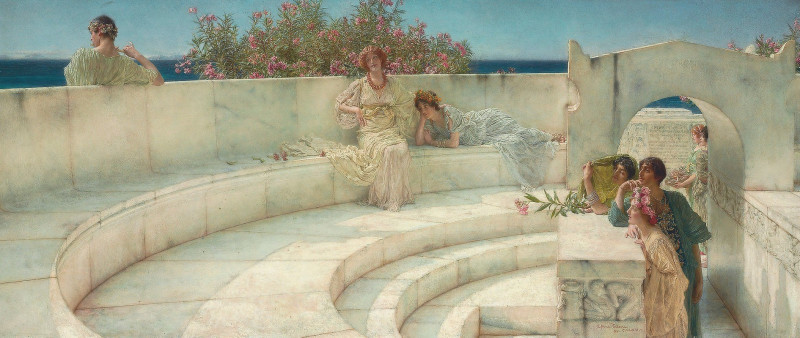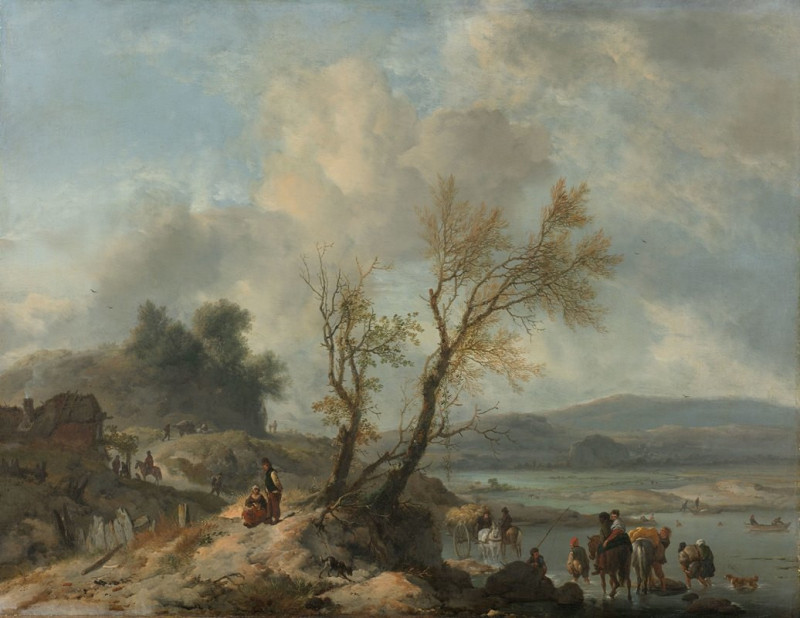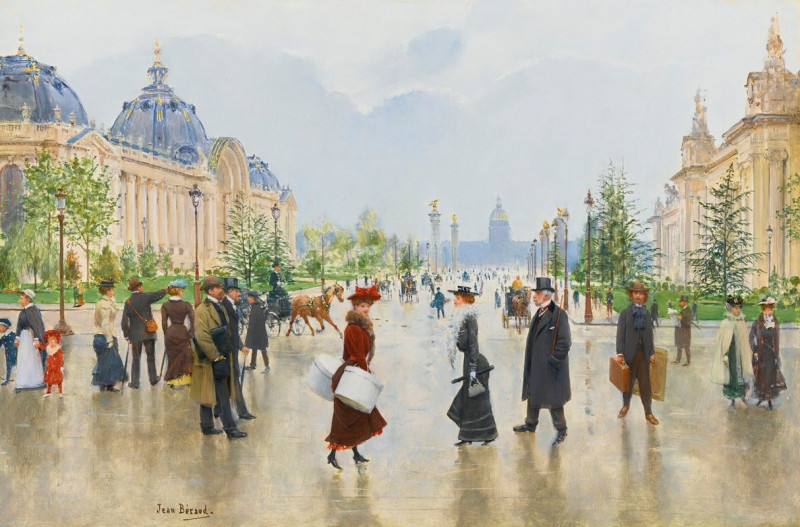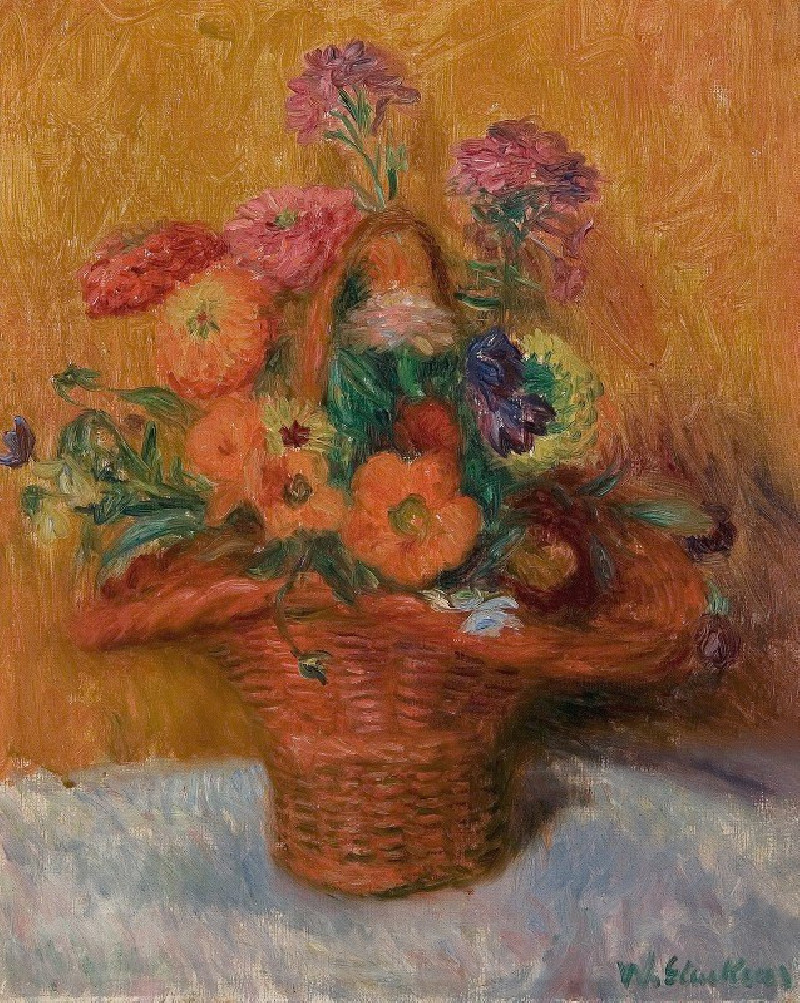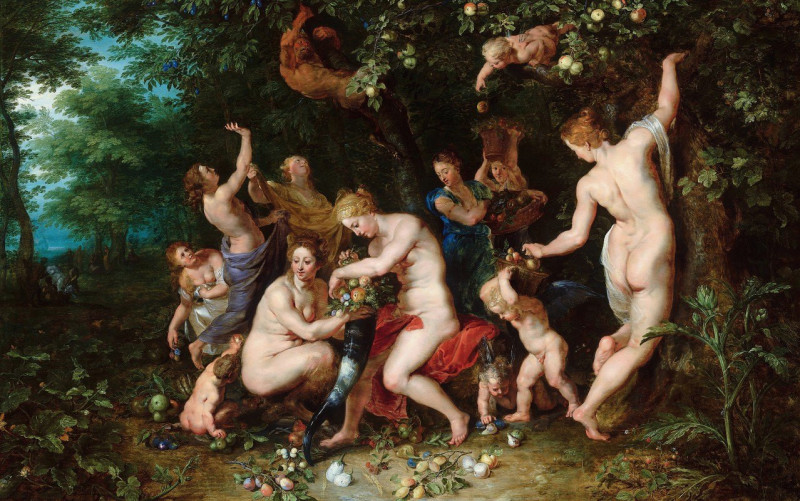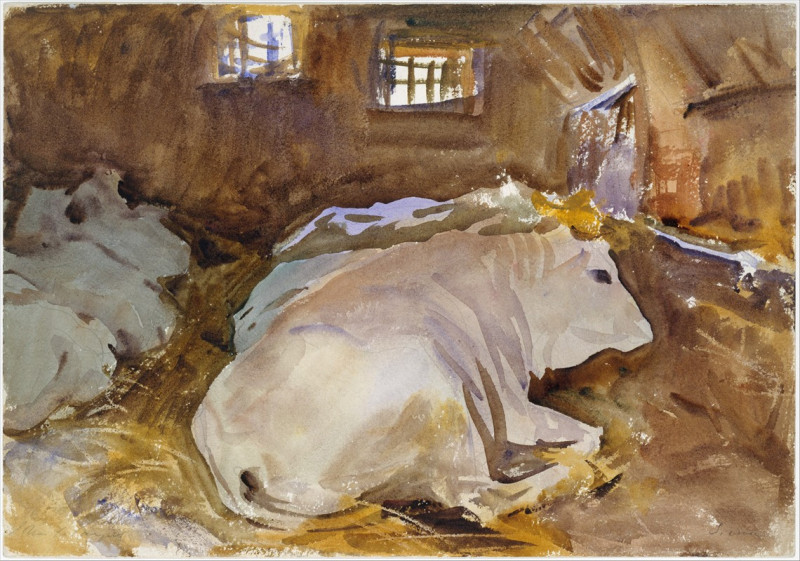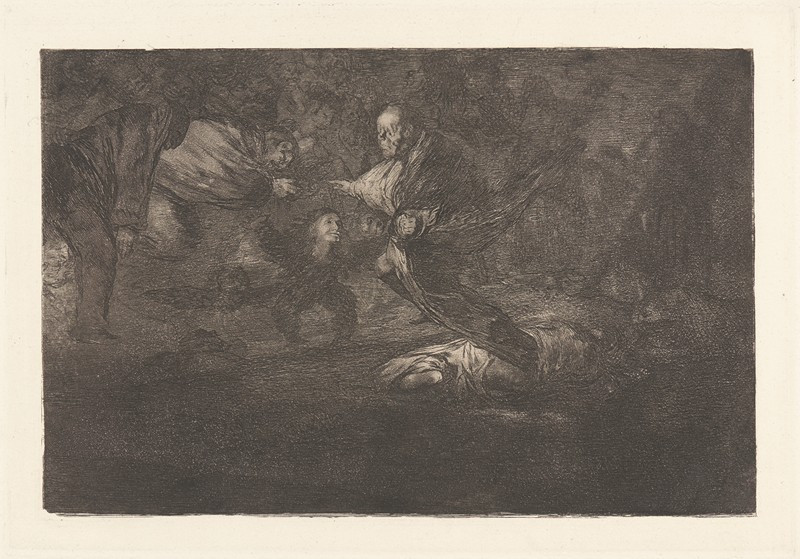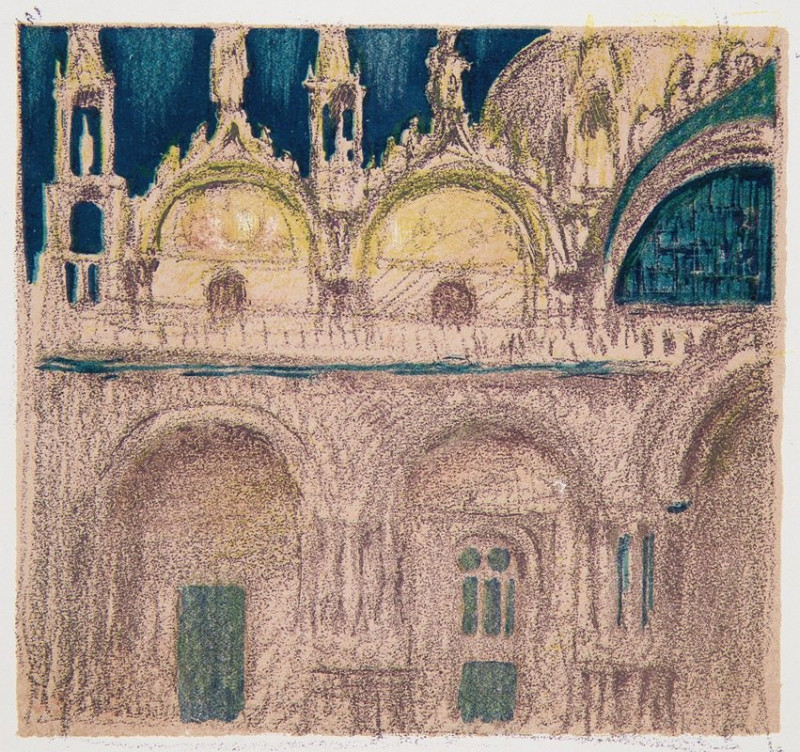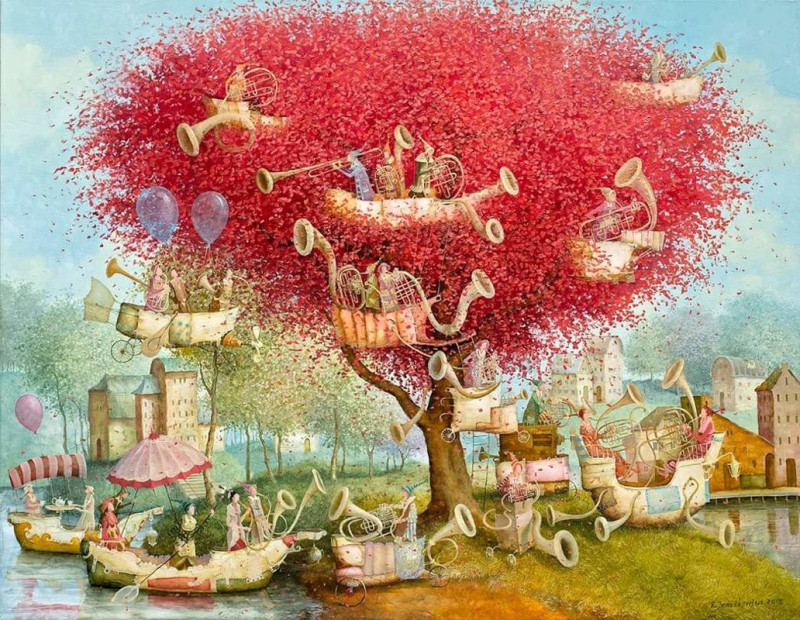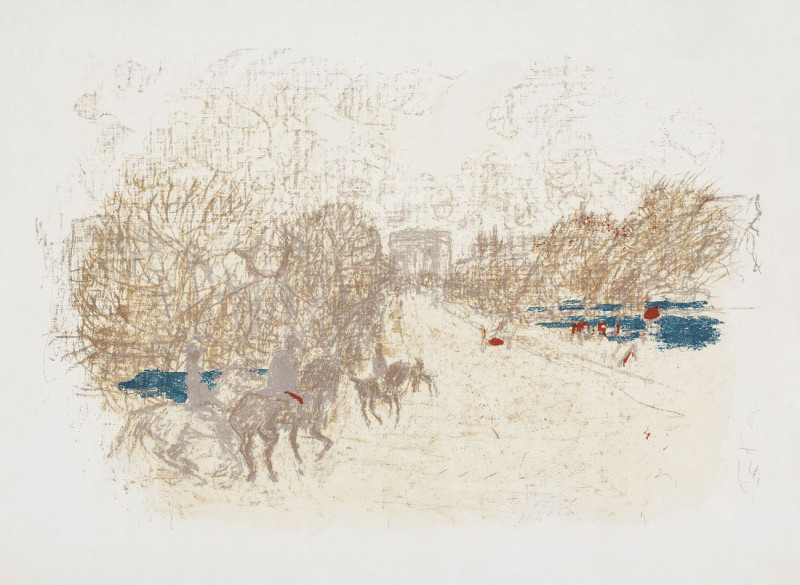Gräberstadt (1914)
Technique: Giclée quality print
Recommended by our customers
More about this artwork
Paul Klee's 1914 masterpiece "Gräberstadt," translating to "City of Graves," presents an otherworldly exploration of form and color that defies conventional interpretation. This artwork delves into a labyrinth of abstract beauty, where every glance offers a new discovery. The subtle melange of somber and vibrant hues creates an atmosphere of both melancholy and mystery, capturing the haunting essence of a cityscape bound in endless night.Dominating the canvas are Klee's iconic geometric shapes, interspersed with shadowy figures and symbols that suggest remnants of a bygone civilization. The varying textures and depth in the painting evoke an almost tactile response. It's as though Klee has layered memories atop one another, each brushstroke a whisper of stories untold.What sets "Gräberstadt" apart is its ability to reside in the dual realms of the abstract and the narrative. The viewer is invited not just to look but to journey into the canvas, exploring the enigmatic city that Klee has enshrined in his bold, patchwork grid. The piece resonates with a sense of perpetual discovery, inviting interpretations that are as varied as its viewers.As you engage with "Gräberstadt," let your imagination wander through its cryptic alleys and hidden passages.
Delivery
Returns
Paul Klee was a Swiss-born German artist. His highly individual style was influenced by movements in art that included expressionism, cubism, and surrealism. Klee was a natural draftsman who experimented with and eventually deeply explored color theory, writing about it extensively; his lectures Writings on Form and Design Theory (Schriften zur Form und Gestaltungslehre), published in English as the Paul Klee Notebooks, are held to be as important for modern art as Leonardo da Vinci's A Treatise on Painting for the Renaissance.

